“Every Page a Pulse”:
About Writing & Teaching
“A Book is only the Heart’s Portrait — every Page a Pulse.”
My childhood was a mix of luck, wounds, and stories—fertile ground for any writer. I carried secrets, felt the loneliness of loon calls in my chest, grappled with being a spirit caught in a gangly human body of flesh and bone bound to die one day, just like everyone else I knew and loved. There were fields and marshes behind our house where we kids ran free. I loved exploring alone in nature—to touch things with my hands, learn the textures of weeds, be an observer in a natural world beyond human names. My mother read me fairy tales before bed and retold whatever books she was reading at the breakfast table, making up funny voices for the characters. My father taught me the names of colors and made up plays, which we reenacted during dinner. My parents put me in Montessori schools. I was given a paint box, a journal, a library card, time to read. I was given freedom to create, permission to share what I created, have a voice. As Julia Cameron put it, ”Creativity is as natural to human beings as having blood and bone.” I wore creativity like wings and flew with it. This formed me as a writer and teacher.
It is because of this childhood that I start every creative writing class with creativity itself. To be a writer, you have to hear, see, touch, smell, feel. You have to notice the ordinary, explore the world around you, get to know parts of yourself you did not know existed. You have to trust your gut, be fearless. You have to obsessively fall in love with language and craft. You also have to long to taste words on your tongue, feel the rhythms of poetry inside your own heartbeat and breath, thrill with the stories of memories and dream. As a teacher, I see it as my task to stimulate this kind of exploration and discovery.
Most of all, I hold space—space that is safe, open, inclusive. That’s how developing poets and writers can be vulnerable and drop down deep within themselves to uncover material that cuts to the heart, how they can feel unguarded enough to play, experiment, break boundaries, make mistakes, and start over.
In the classroom, I listen. I put my ear to the hive of each student’s writing and try to hear beyond the words, into the original intention. I see myself as a doula to the creative impulse and try to help students birth images, metaphors, and stories that deeply matter to them, that stir their passion.
I believe in “negative capability,” Keats’ phrase that describes a writer’s ability to be “in uncertainties, mysteries, doubts, without any irritable reaching after fact and reason.” As a poet or writer, you have to travel beyond the rational mind—into the subconscious, or super conscious, where there is uncertainty and not knowing, where heart and mind meet, where intellect refines into intuition, where the frontal and lateral lobes of the brain forge new pathways of connection. Arundhati Roy spoke of the “wilderness” of the creative imagination, Robert Bly of the “leaping” mind. When writing is no longer controlled, it turns wild, movingly and beautifully raw, deep, luminous, riddled with surprises. It unwinds like a spool of thread from within. At this depth, creative writing classes become mystical and miraculous.
Poets and writers point to new ways of seeing and, as Ursula Le Guin put it, “other ways of being.” They observe what other people may not take time to see, feel what others may be afraid to feel, know what others forget they know, put into words what others may not allow themselves to say. That’s why writers are so important in this world. When you let your mind leap intuitively and free-associate spontaneously, you’ll find the energy, truth, and inspiration—‘duende,’ as the Spanish poet Federico García Lorca called it—that gives great writing its pulse. You can imagine the unimaginable, say the unsayable. As Kafka put it, books serve as an axe for the frozen sea within us.
To me, that is the gift of writing. It’s also the gift of teaching creative writing.
“Nynke is a visionary in many ways, both in terms of what she produces creatively, as a consciousness-based, process-based, DEI and trauma-informed writer/poet/academic, and in terms of the curriculum that she has developed for her Creative Writing classes (as a faculty member) and for the online MFA in Creative Writing at MIU, as its director. Her teaching and her curriculum intuitively guide creatives/students to dive deeply into themselves and tap into subtle levels of the heart, mind, and soul, which allows them to discover their own creative process and pure being in myriad nuanced ways.
Enabling students to creatively and intellectually/analytically explore the subtle tapestry of their mind and inner being, Nynke is skilled in gracefully and compassionately “holding space” for them; she meets her students where they are at, regularly devoting hours of her time to listening to them, speaking to them, and helping them work through creative blocks. She is beloved by many of her students because of her transformative gifts of “deep listening,” “reflecting,” and “holding space.” Indeed, Nynke has developed her own methodology, that utilizes particular therapeutic aspects of the creative writing process, to facilitate the healing and the inner-outer transformation of her students. Her pedagogical approach is also trauma-informed and sensitive to ethnic/cultural, racial, and gender diversity. This maximally inclusive approach gives students a strong sense of safety and community in her classes and in the MFA Program that she directs; it also attracts a broad spectrum of talented students to join the MFA cohort.
Nynke’s keen organizational and leadership skills have allowed her to materialize her visionary understanding of writing, as the eternal “song of the universe” uniquely embodied in a human being, as a unique online MFA Program. On a shoestring budget, Nynke has organized and advertised MFA Residencies twice a year that have showcased a rich diversity of local and internationally acclaimed writers. To put it in a nutshell, Nynke has created magic and a wondrous experience for students, faculty, and staff in her MFA program. She has elevated hearts and minds, and brought us into closer contact with our truest selves.”
A Sampling of Student Work
Below books published by a few of my former students, plus poems, art books, and other writing created in my creative process and creative writing workshops.
A Sampling of Classes & Past Events
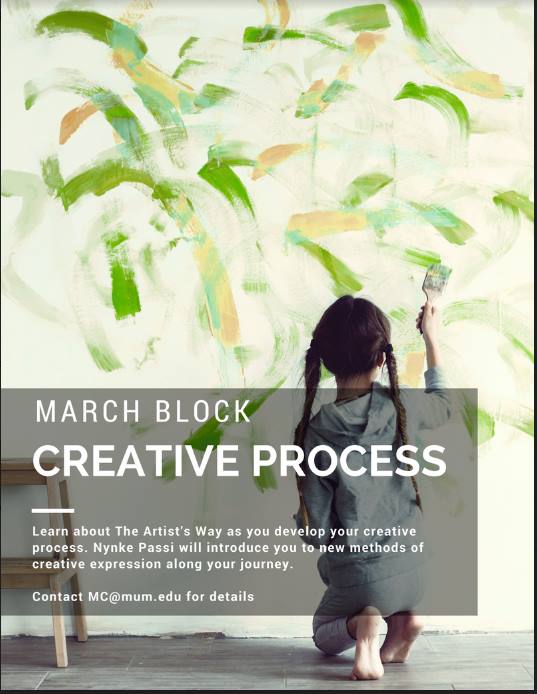
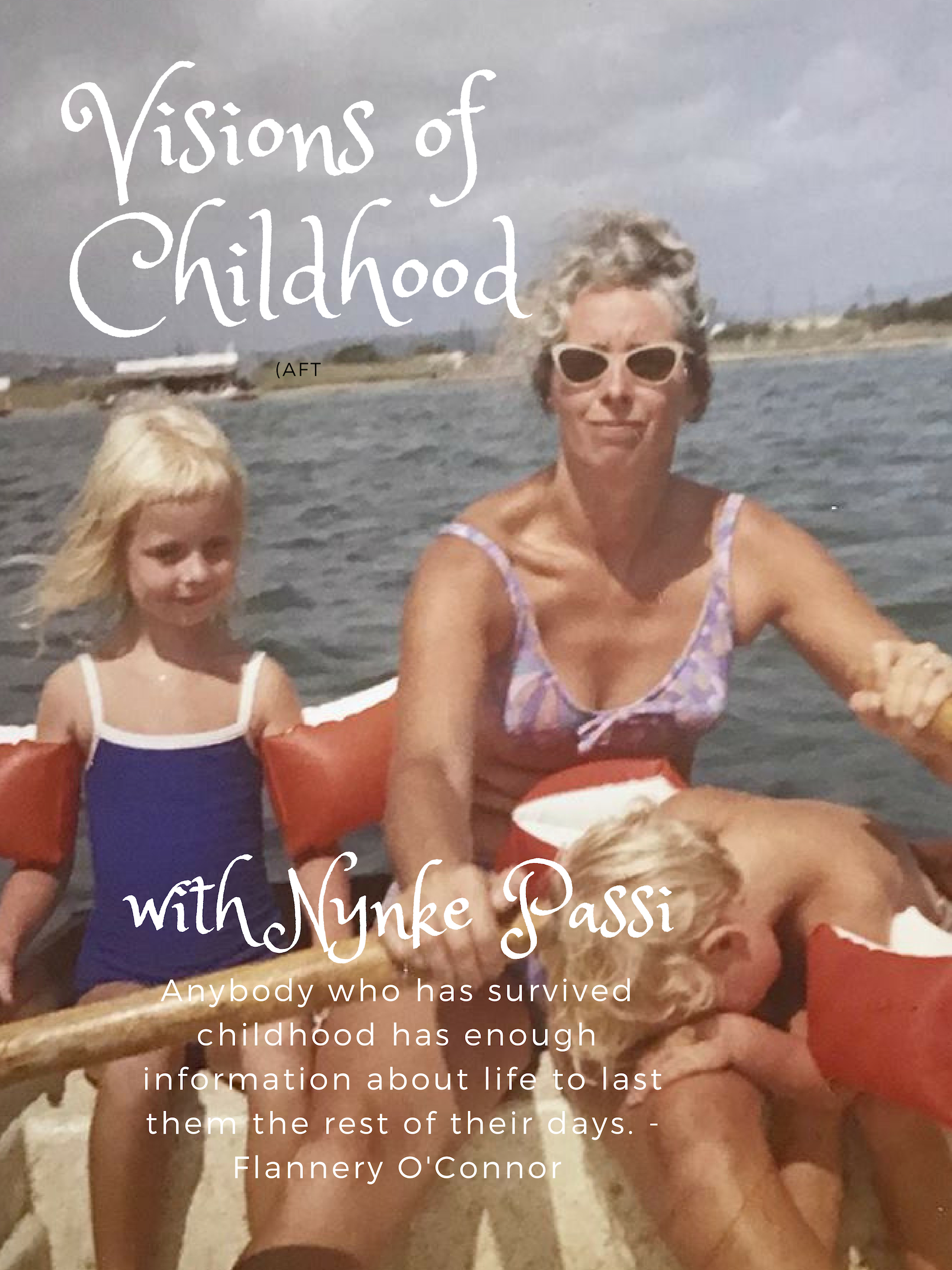
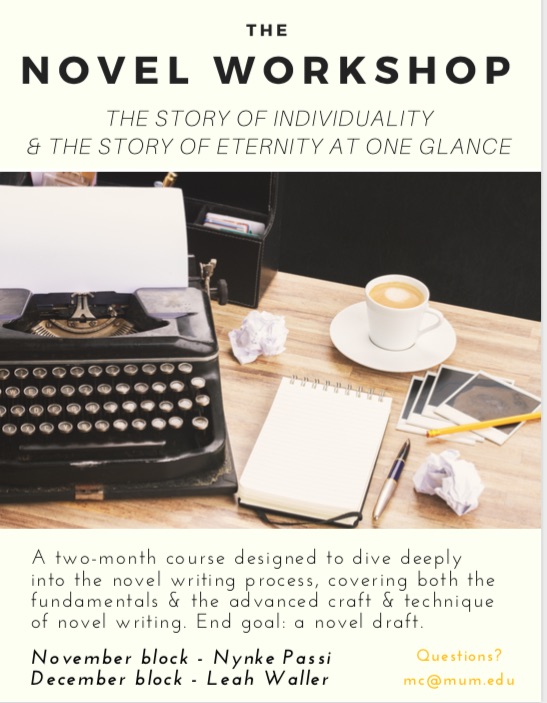
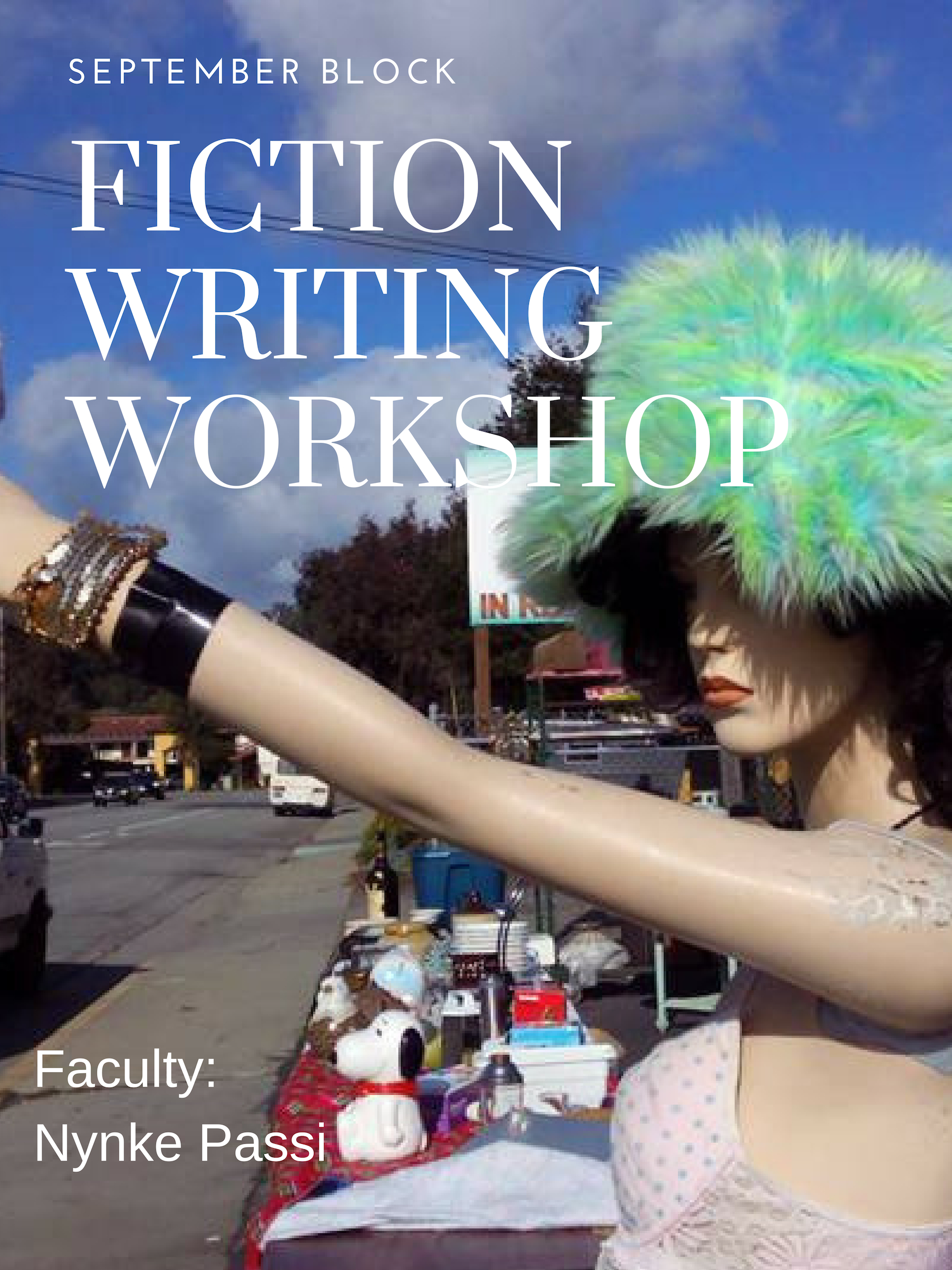
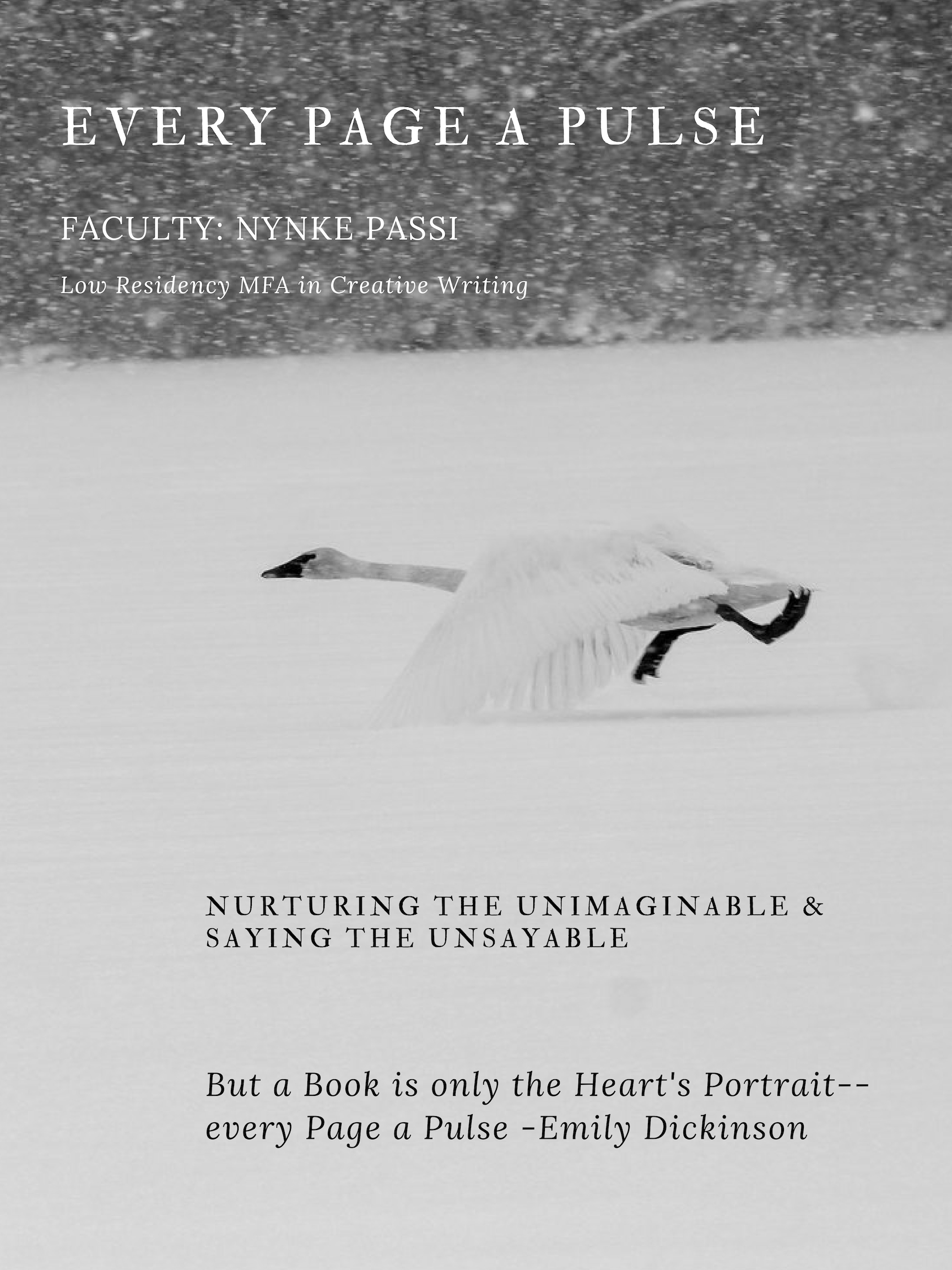
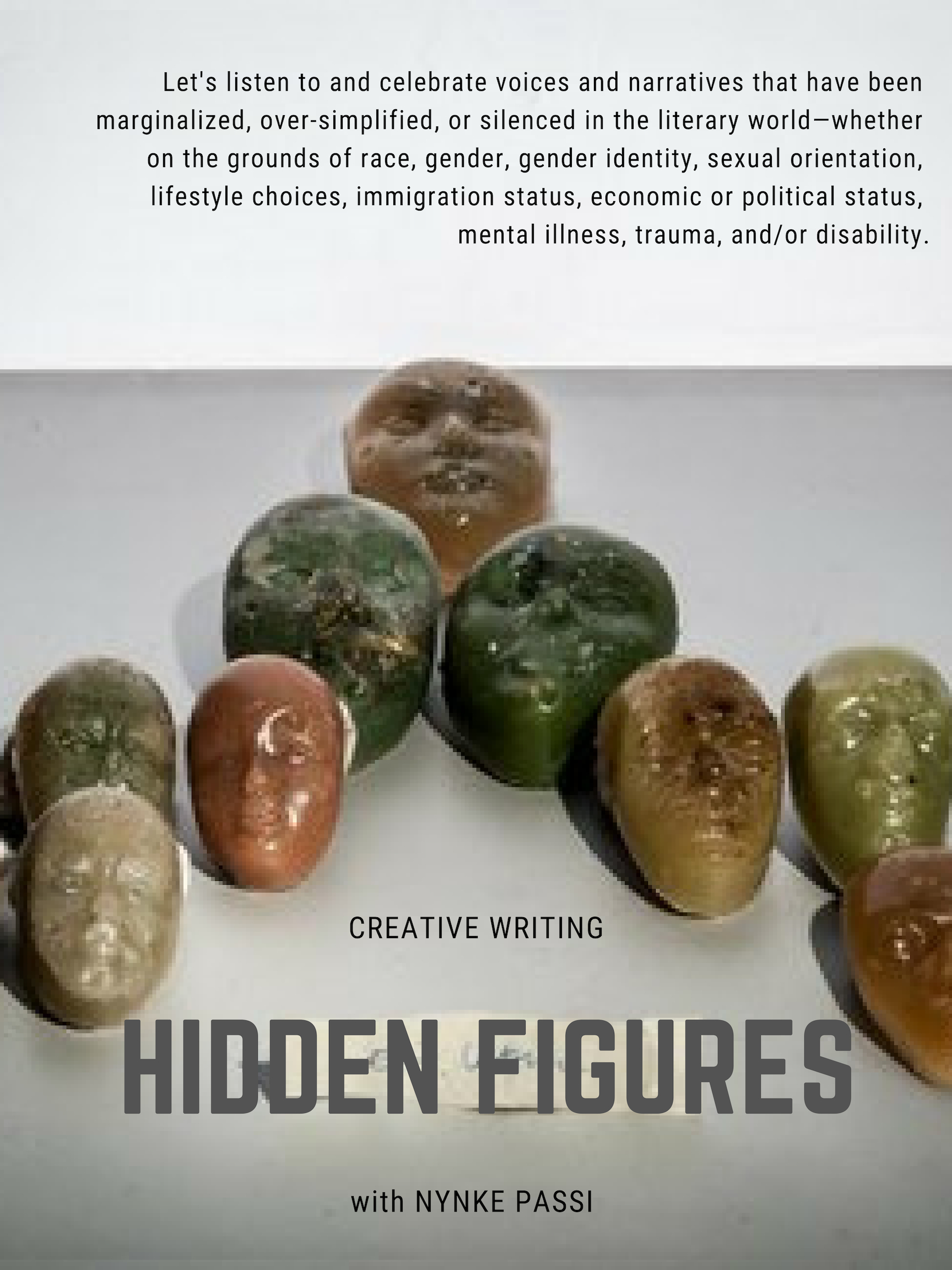
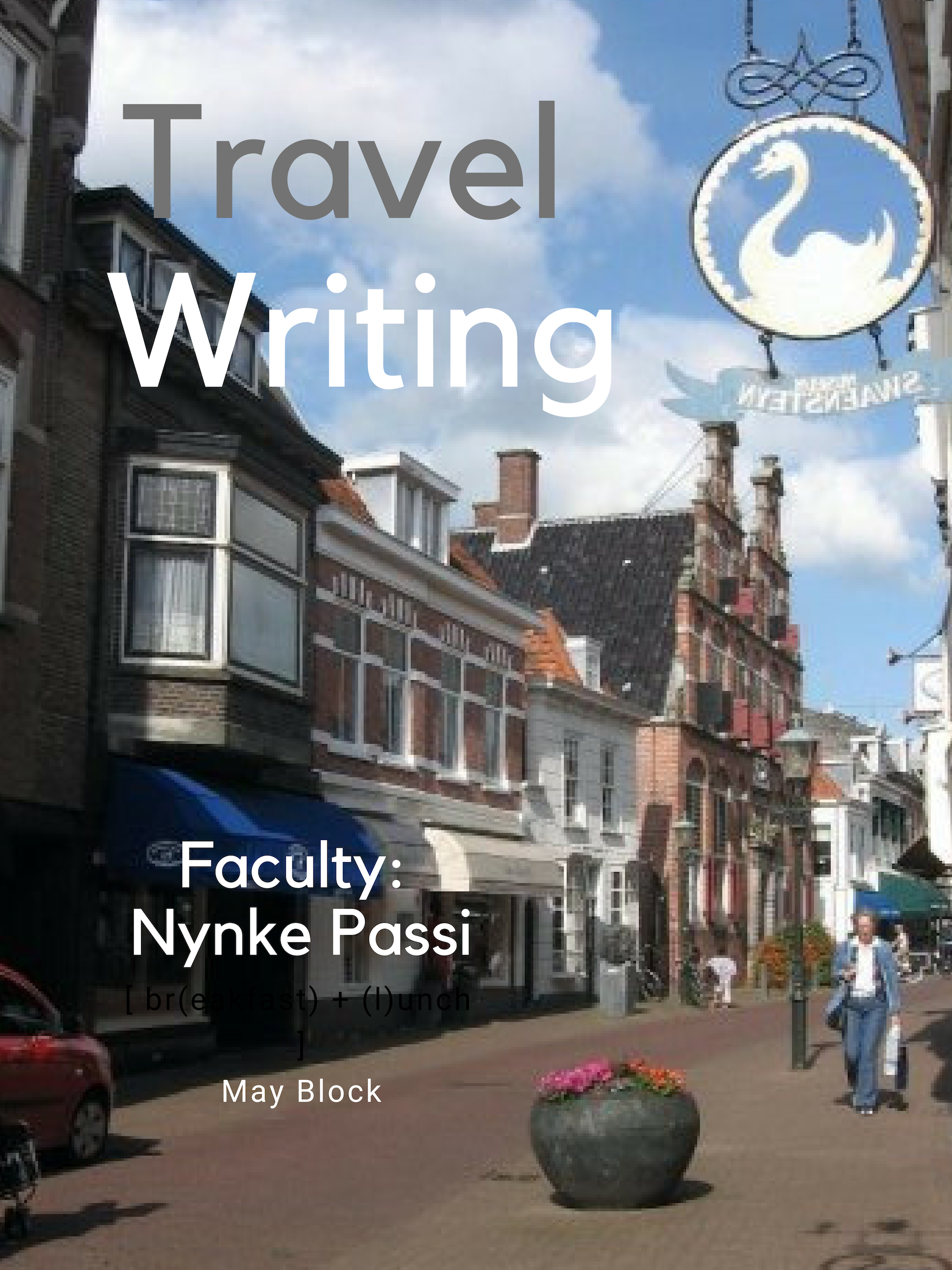


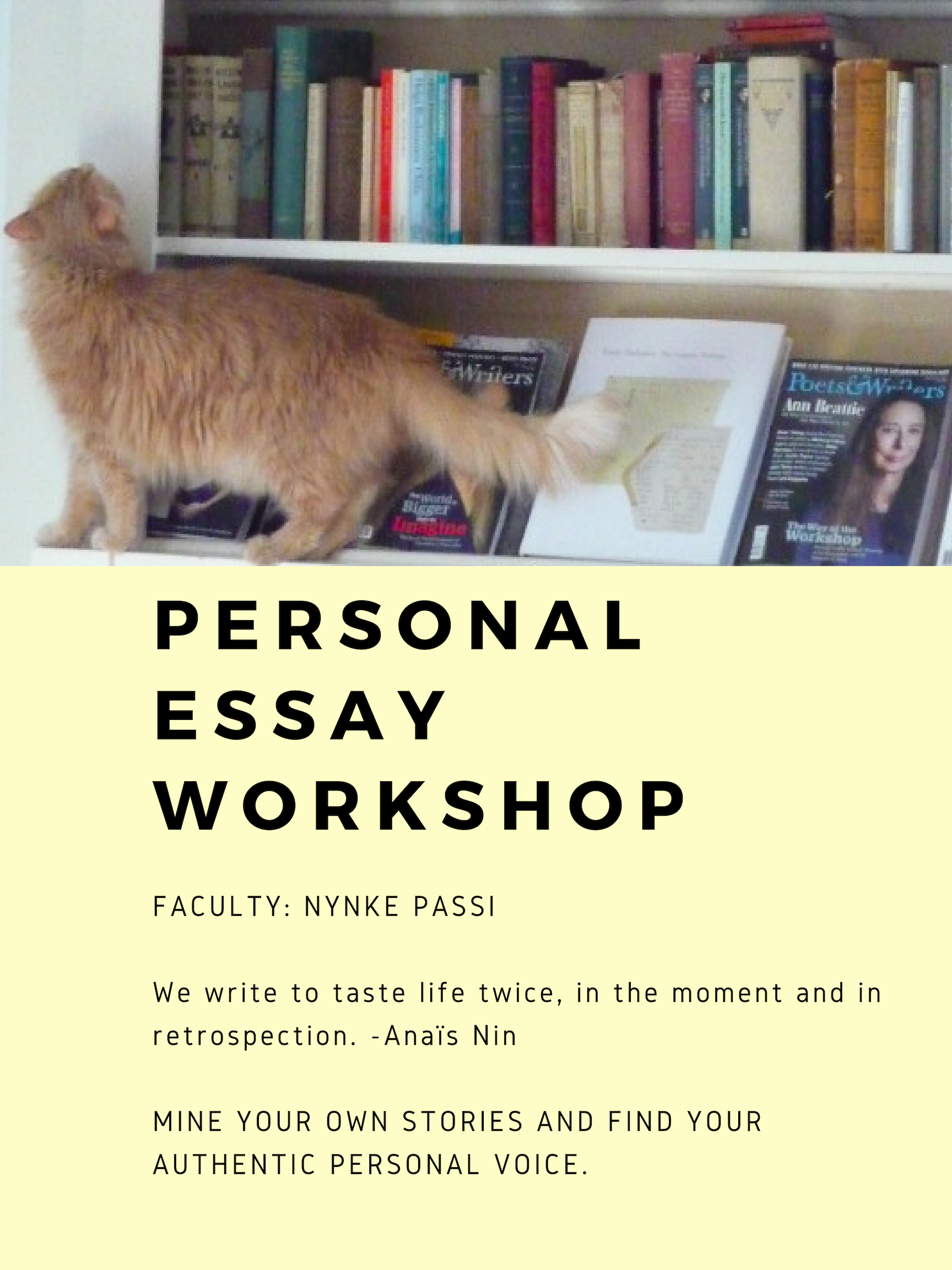

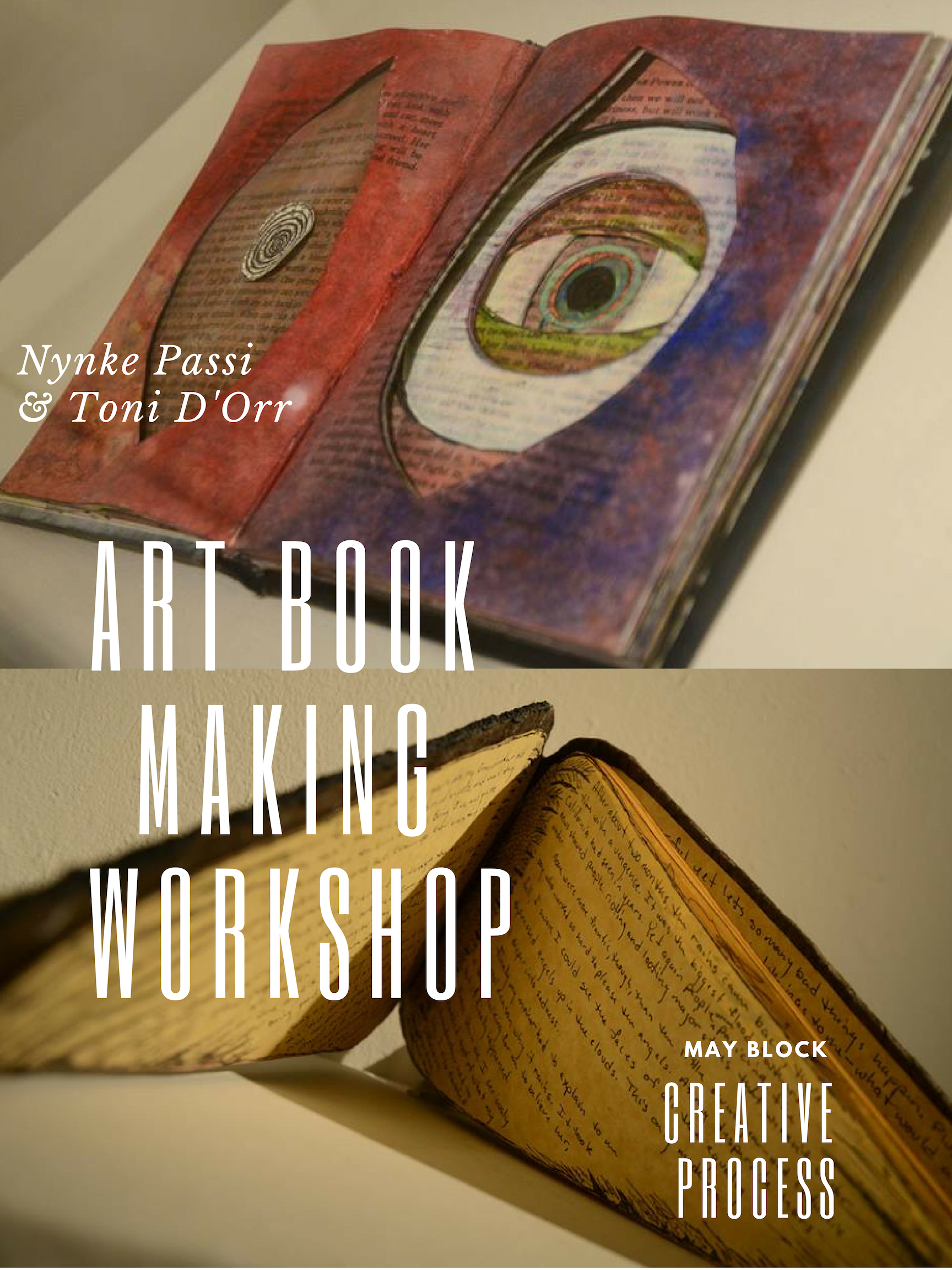
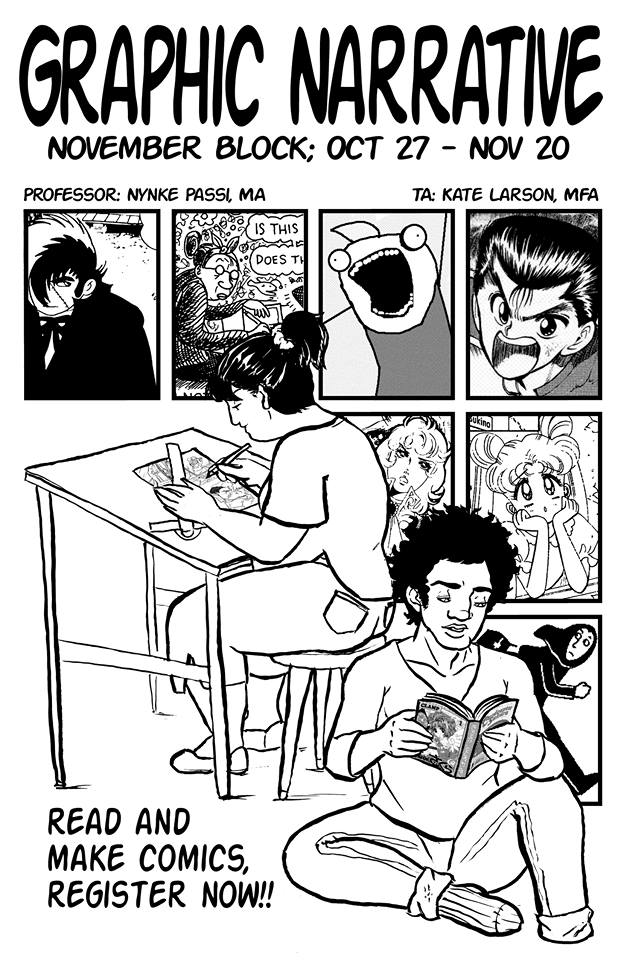
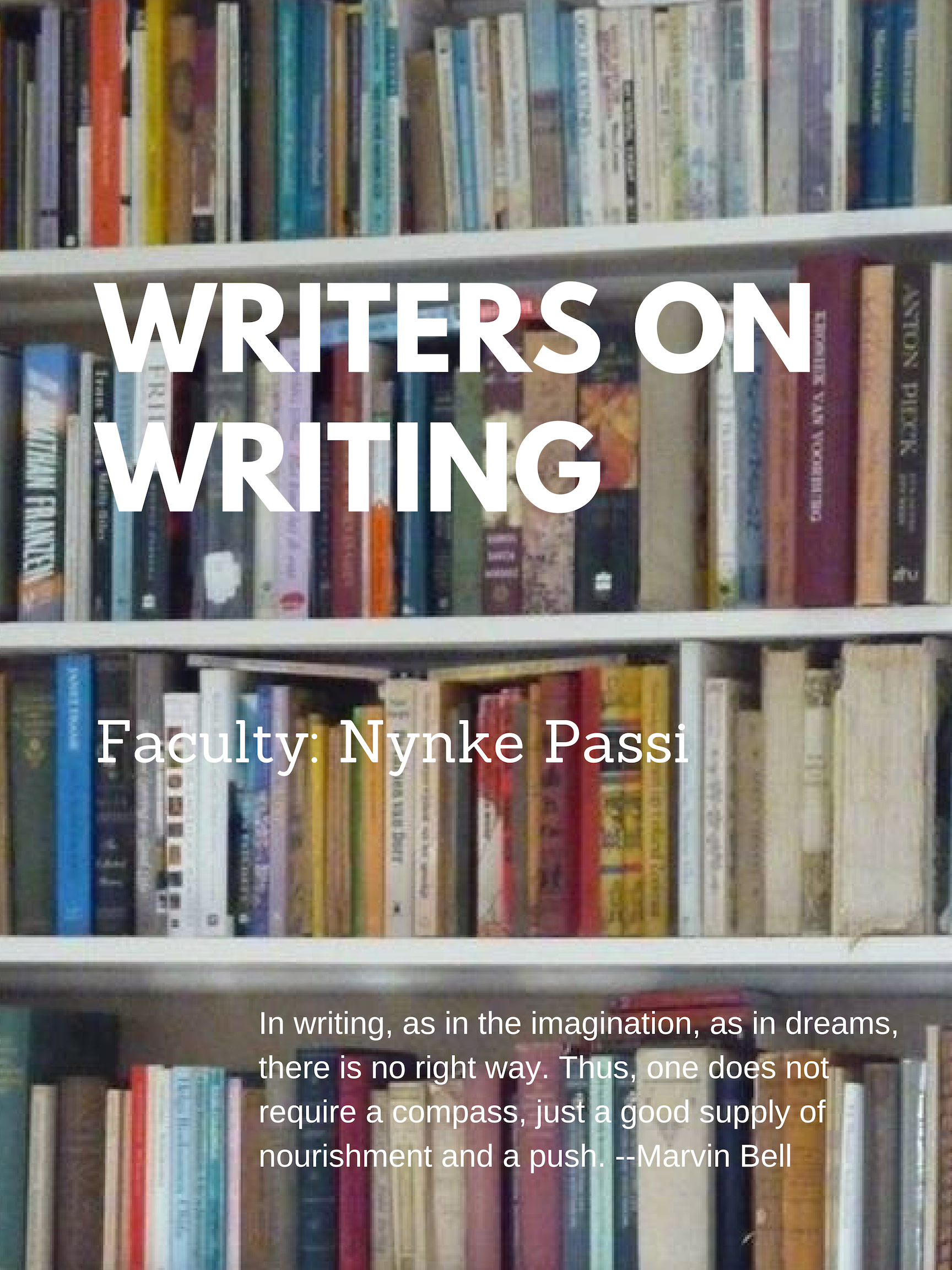

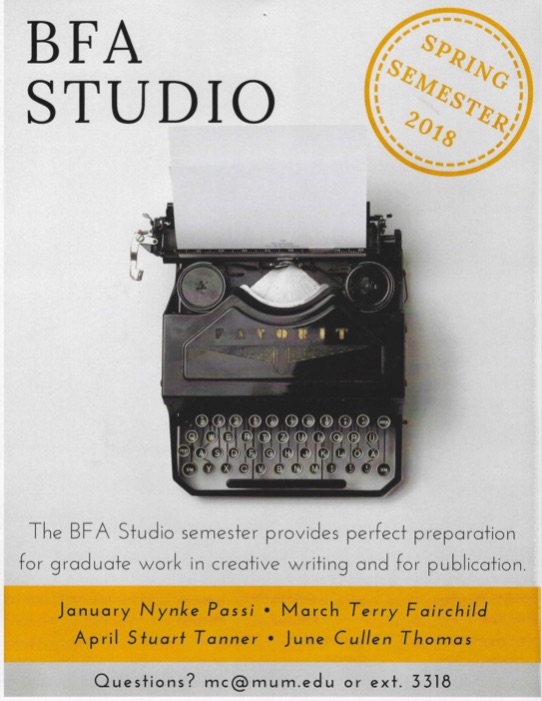
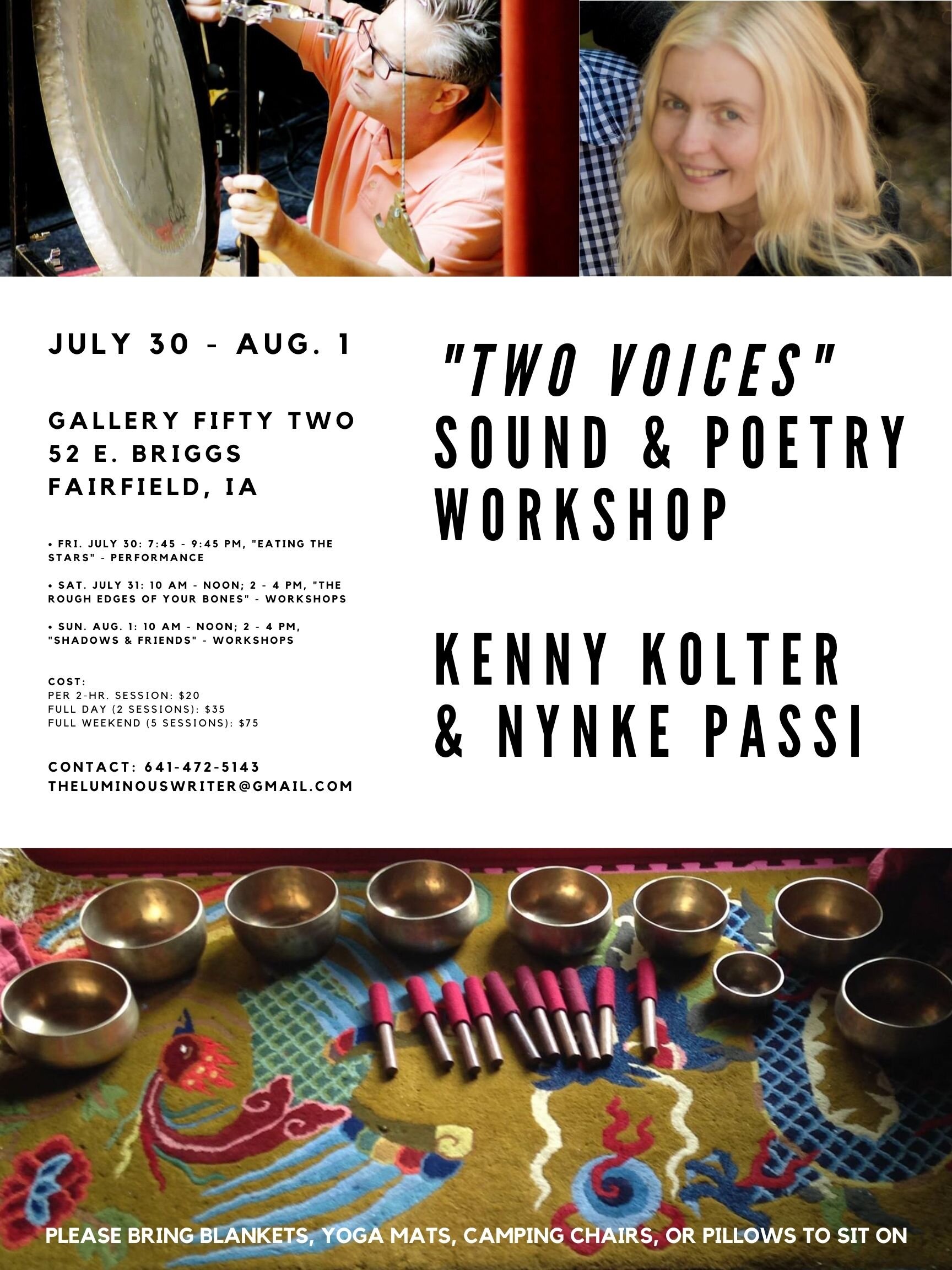

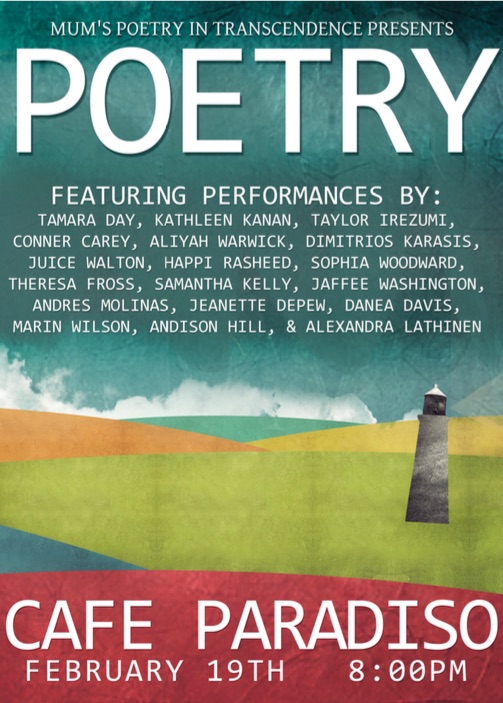
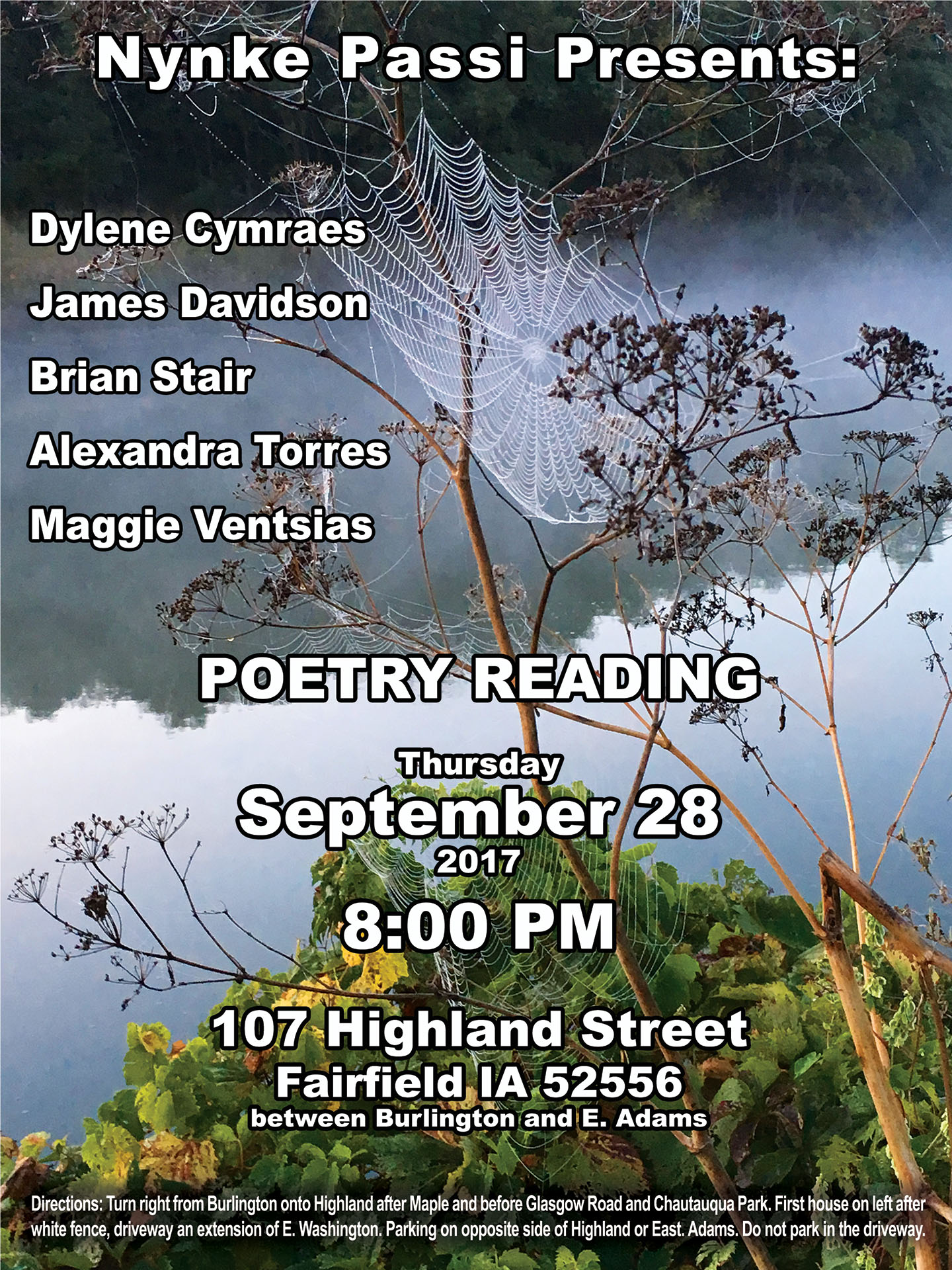
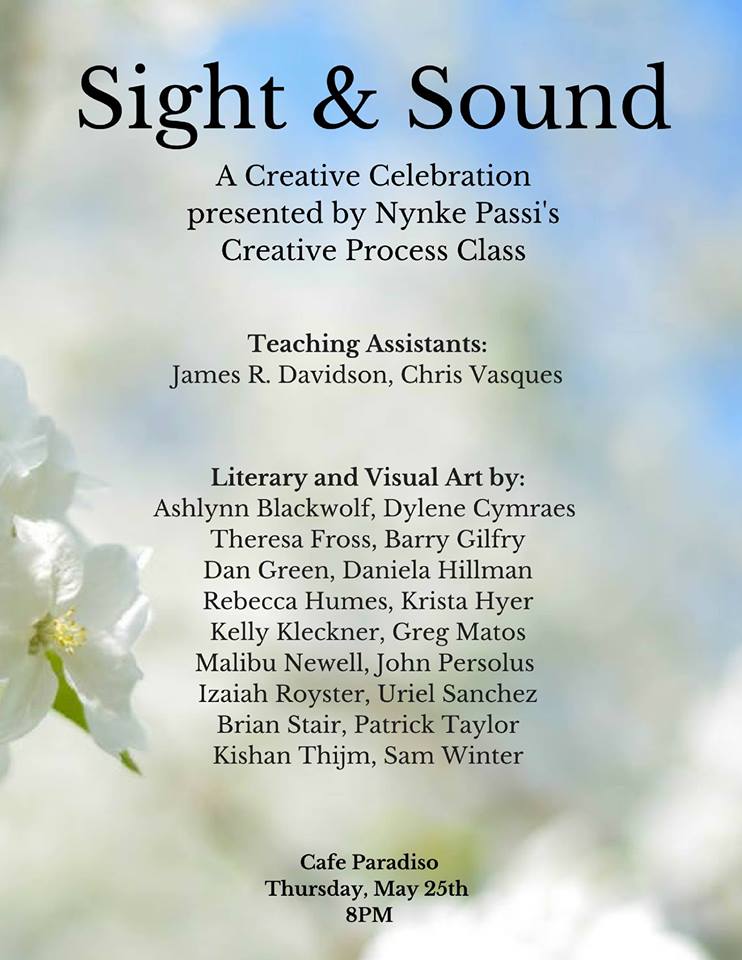

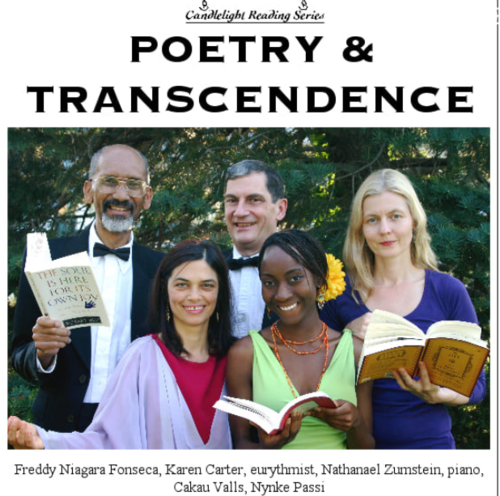
Art credits:
Donald Revolinsky, Wendi Olson, Taylor Ross, Monica Mathar, Samantha Kelly, Alexandra Warwick, Caterina Bacal Titus, Conner Carey, Jared Brown, Tamlin Day, Kate Larson, Denise Gallagher, Dylene Cymraes, Aditi Gentsch, M.I.U.’s staff of the Media & Communications dept. now called Cinematic Arts & New Media.









